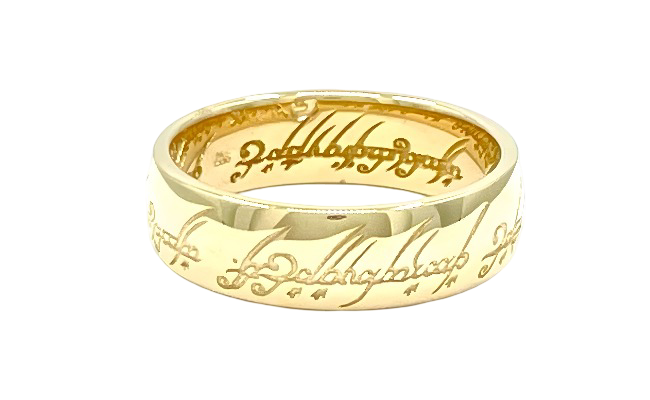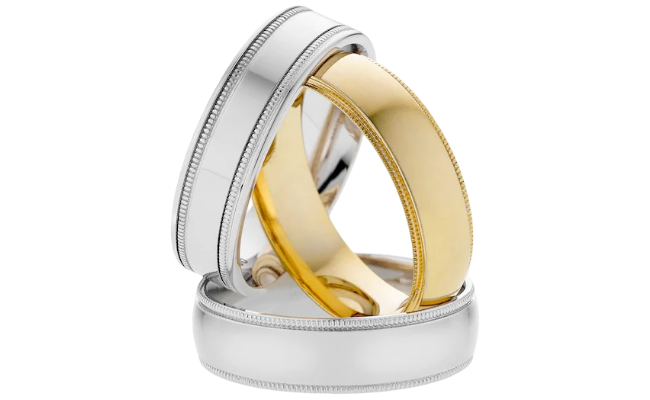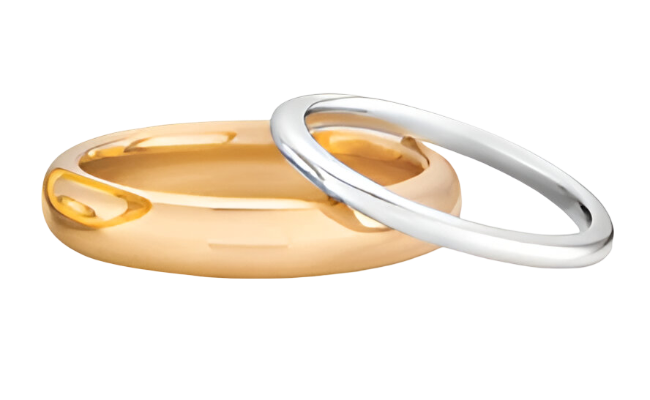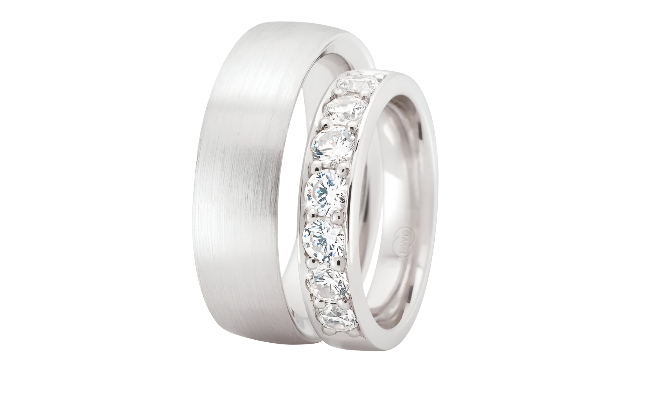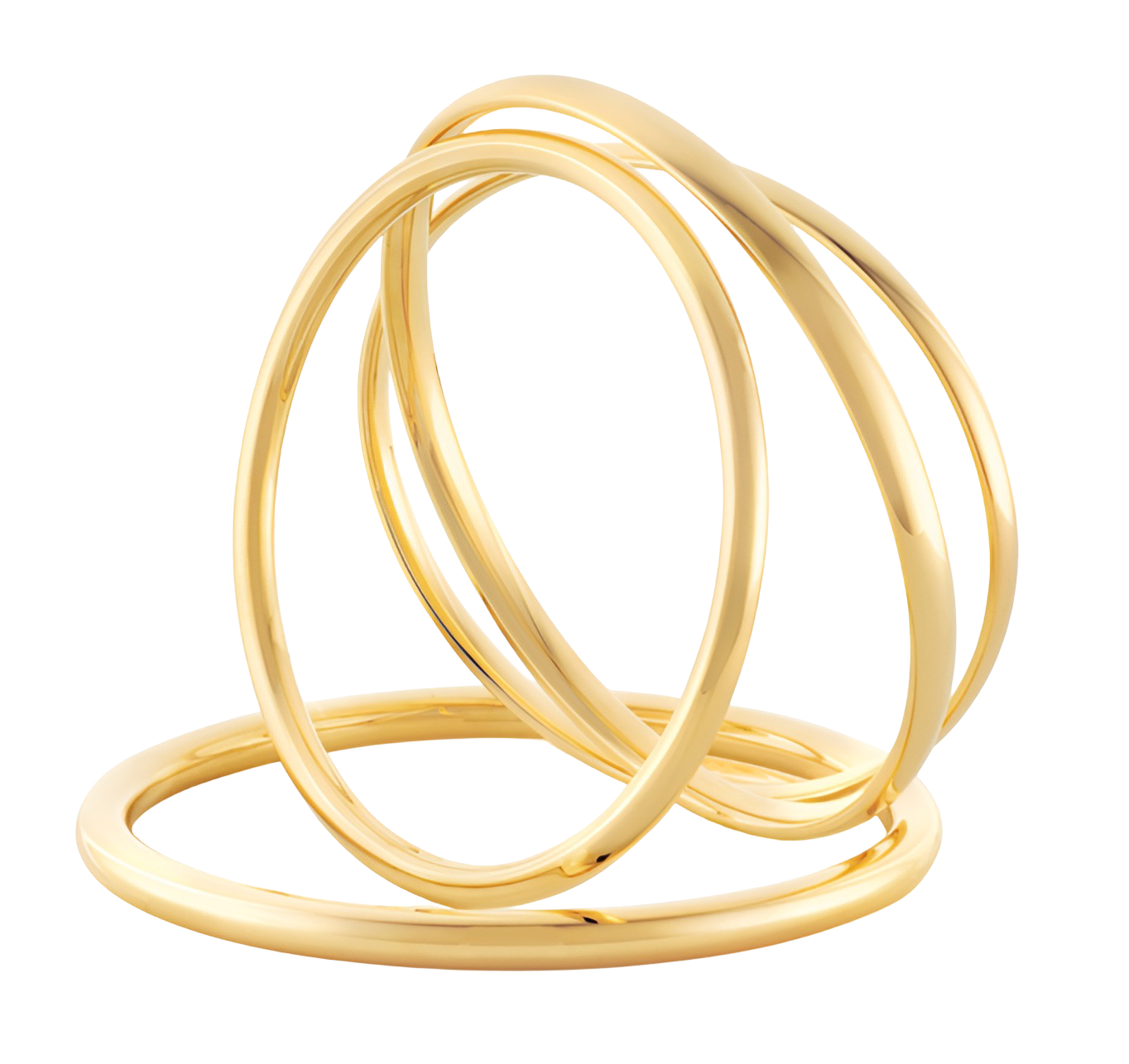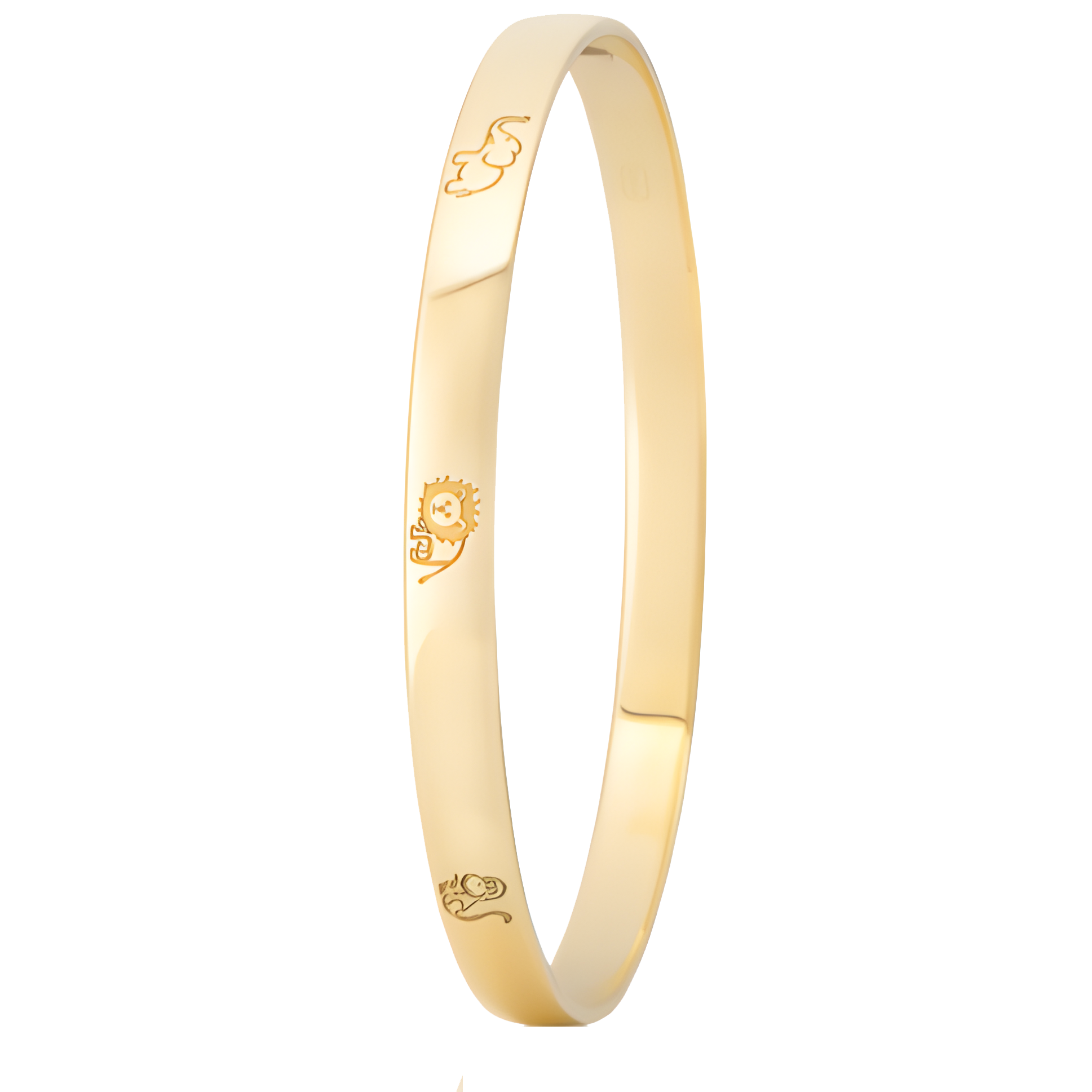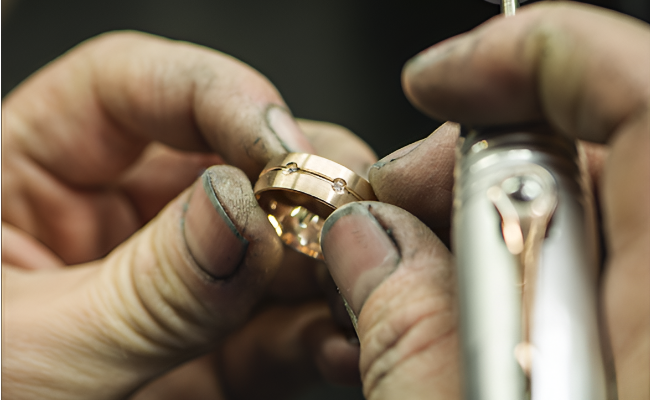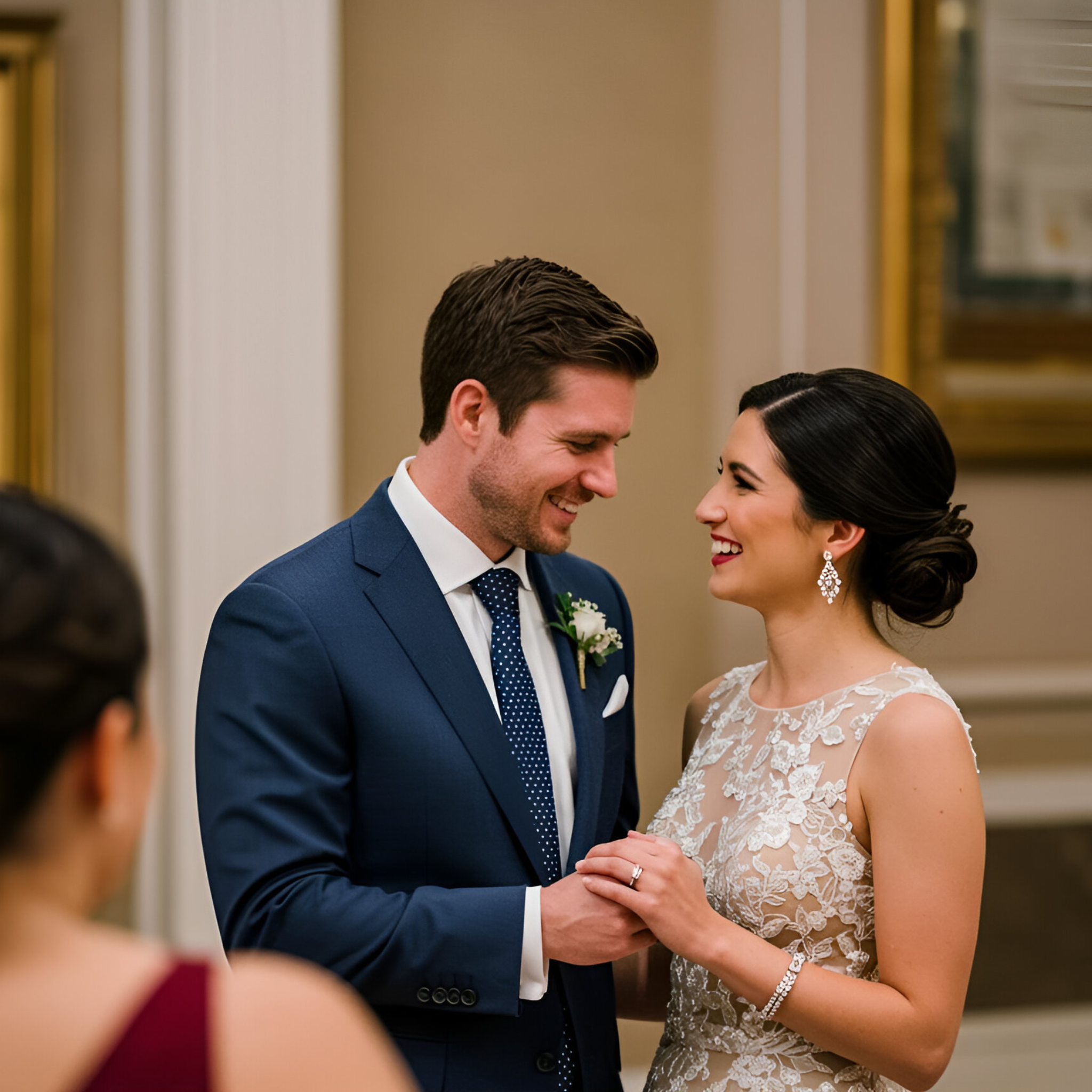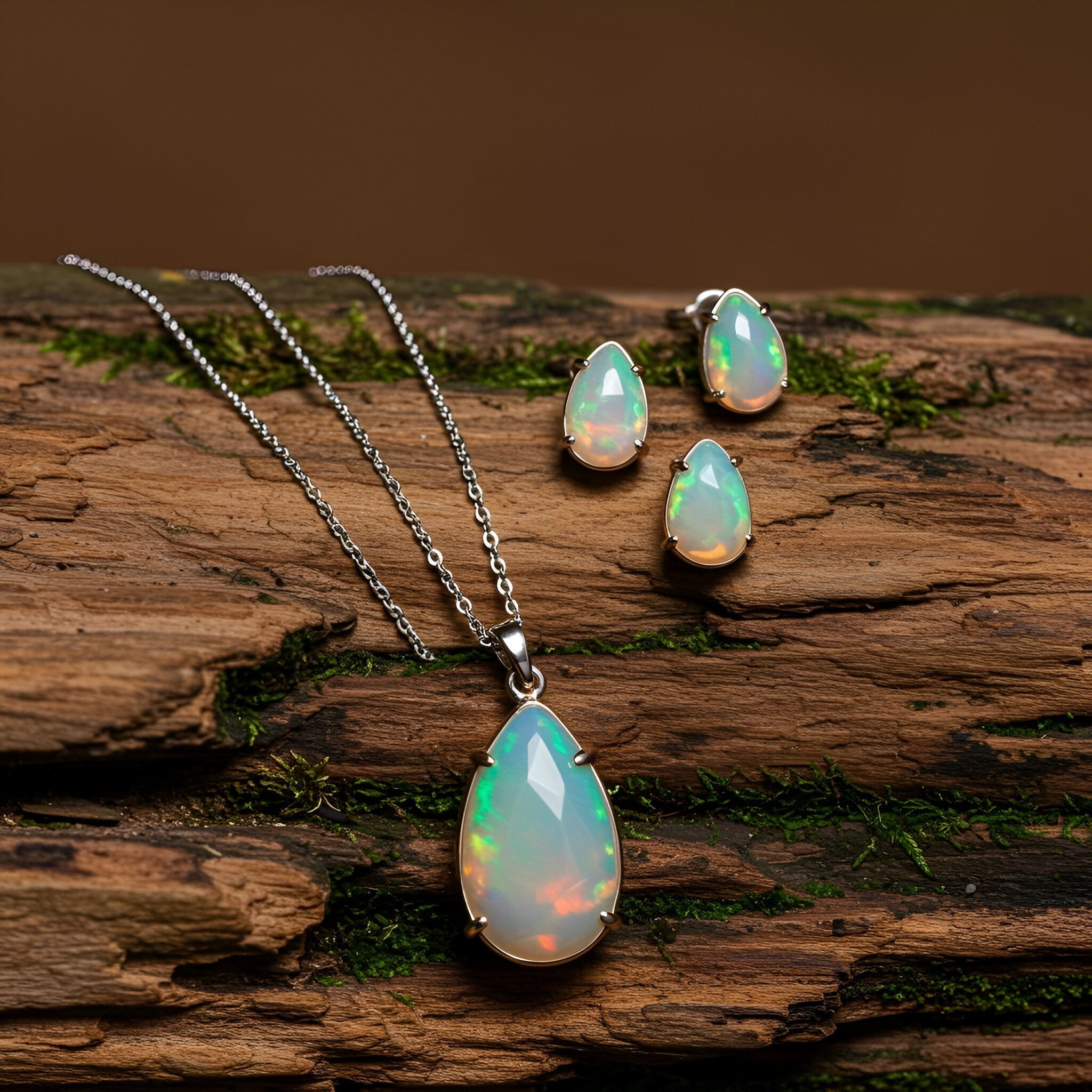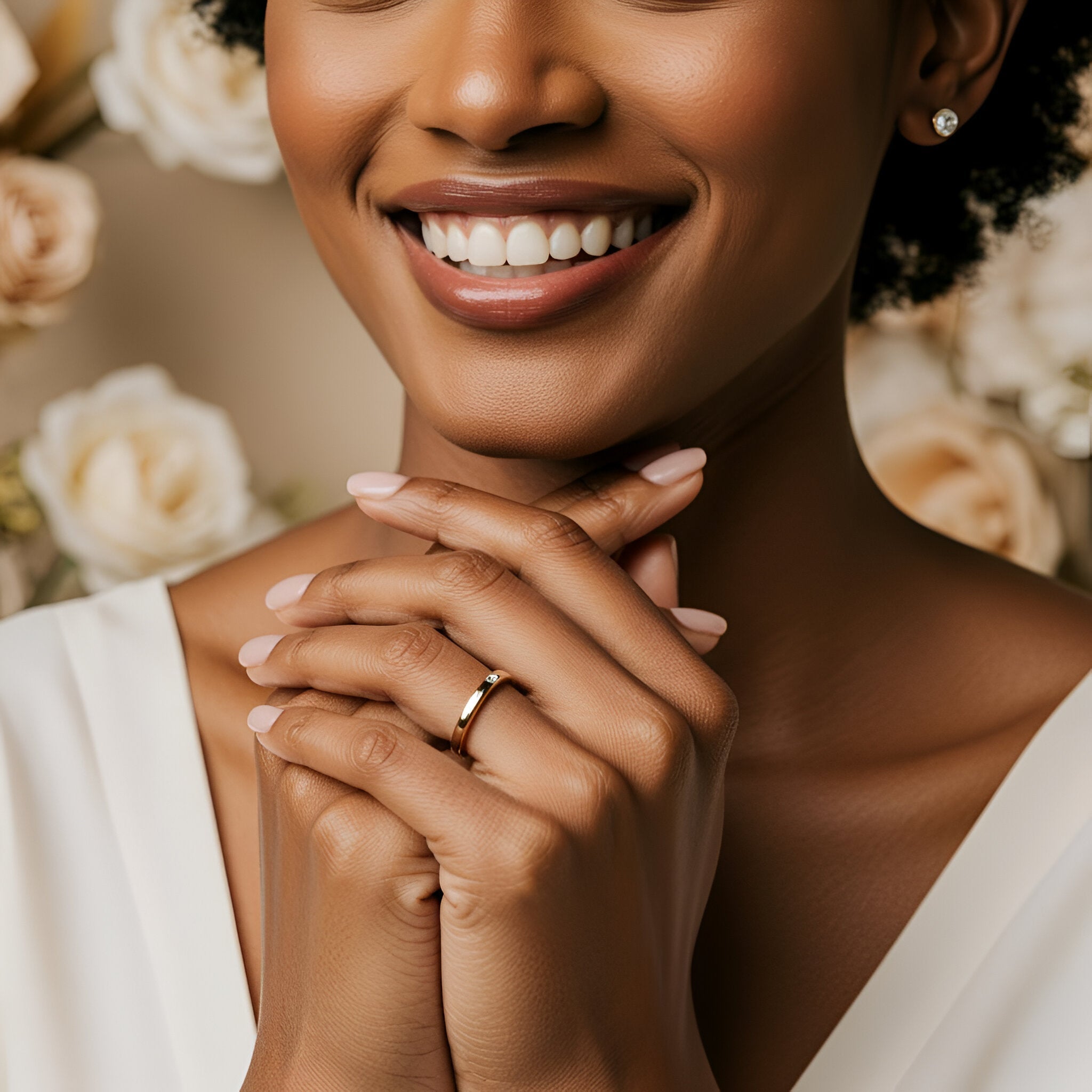
Selecting the Perfect Wedding Ring: A Comprehensive Guide for Ladies
Choosing the perfect wedding ring is an exciting and meaningful journey. Your wedding ring will symbolise your love for years to come, so it's essential to put careful thought into your selection. This comprehensive guide is designed to assist women in finding the ideal wedding ring. If you're seeking advice on men's wedding bands, please visit our dedicated men's wedding rings advice page.
Why do women find it easier to choose wedding rings? Women often navigate the process of selecting a wedding ring with more ease than men. Several factors contribute to this:
-
Familiarity with Jewelry Terminology: Women are typically more familiar with jewelry terminology, which can make the decision-making process easier compared to men.
-
Observing Others: Women often benefit from seeing the wedding rings of friends and colleagues, which gives them a clearer idea of the type of ring they want.
-
Engagement Rings: Many women wear engagement rings that significantly influence their wedding ring design.
The advice below will guide you through the process of choosing the perfect wedding ring.
Choosing a Ladies Wedding Ring to Complement Your Engagement Ring Design
If you wear an engagement ring, it's crucial to consider how your wedding ring will complement its design. The wedding ring should enhance the engagement ring's beauty rather than detract from it.
Here are some tips for selecting a wedding ring that complements your engagement ring:
-
Choosing the Shape: Determine whether you can wear a straight wedding ring or if you need a curved, fitted wedding ring.
-
Band Style: Match the band style of your wedding ring to that of your engagement ring.
-
Width: Choose a width that complements your engagement ring's band width.
-
Metal: Select the same metal type used in your engagement ring.
-
Diamonds or Gemstones: Decide if you want diamonds or gemstones in your wedding ring.
Choosing the Shape of Wedding Rings
The harmony between your wedding ring and engagement ring is essential. Engagement rings fall into two categories concerning shape compatibility with wedding rings:
-
Straight-Edged Engagement Rings: These engagement rings have a straight-edged band, allowing a straight wedding ring to sit neatly beside them.
-
Unique Band Shapes: Some engagement rings have distinct band shapes or gemstone settings that prevent a straight wedding ring from fitting snugly. In such cases, a curved or fitted wedding ring is recommended.
Curved or Fitted Wedding Rings
Many ladies' wedding rings are designed with a curve or fitted shape to ensure they sit seamlessly alongside the engagement ring. This is a common and practical choice.
Specialized jewellers, like Gillett's Jewellers, can create custom wedding rings to match your engagement ring. Additionally, they offer a range of curved ladies' wedding rings online, designed to complement popular engagement ring shapes.
Straight Wedding Ring Matches
Here are examples of engagement ring styles that pair well with straight wedding rings:
-
Prong-Set Solitaire Diamond Engagement Ring: The setting style allows a straight wedding band to sit comfortably next to it. Other suitable options include channel-set diamond wedding rings.
-
Bezel-Set Solitaire Diamond Engagement Ring: This setting style, with the diamond set high above the engagement ring band, allows for a straight wedding band.
-
Half White Gold and Half Yellow Gold Ring: These rings can be paired with a channel-set diamond wedding ring or a prong-set diamond wedding ring for a cohesive look.
Straight Wedding Ring Doesn't Match
In cases where the engagement ring setting doesn't allow a straight wedding band to fit neatly, a fitted or curved wedding ring is the better choice.
Curved Wedding Ring Matches
For engagement rings with settings that prevent a straight wedding band from fitting comfortably, consider a curved wedding ring. These rings are designed to accommodate the engagement ring's unique shape.
Variations in Curved Wedding Rings
The curve in a wedding ring will depend on the engagement ring's design. Curved wedding rings typically have a straight base with a curved section on top. The shape of the curve can vary from a gentle slope for solitaire engagement rings to a wider curve for multi-stone or three-stone engagement rings.
It's essential for the curved wedding ring to sit evenly next to the engagement ring, with minimal gaps. Depending on the engagement ring style, some small gaps between the two rings may be acceptable.
Choosing the Band Style for Wedding Rings
The band style of your wedding ring should ideally match that of your engagement ring. Here are common band shapes:
-
Softly Rounded Bands: These bands have a gentle curve to the outside.
-
High Domed/Dome Rounded Bands: These bands feature a more pronounced rounded shape.
-
Flat Bands: Flat bands have a level outside surface and flat edges.
Matching Band Shapes
Your wedding ring should ideally have the same band shape as your engagement ring to create a cohesive look. While it's not mandatory, rings with matching band shapes tend to sit and look better together. For instance, a high-domed band may not pair well with a flat-style band.
Choosing the Width for Wedding Rings
Consider the width of your engagement ring's band when selecting the width for your wedding ring. There are two primary reasons for this:
-
Comfortable Fit: Ensure that the width of your wedding ring is comfortable on your finger, taking into account the space between the base of your finger and the knuckle.
-
Proportions: Rings with proportional widths appear more complementary when worn together. A wedding ring should ideally be the same width as or slightly wider than the engagement ring's band.
Choosing the Metal for Wedding Rings
For a cohesive and harmonious appearance, it's advisable to choose the same metal for both your engagement ring and wedding ring. Matching metals will make the rings complement each other visually and age gracefully together.
Here are some recommendations for matching metals:
-
18ct Yellow Gold Engagement Ring: Opt for an 18ct yellow gold wedding ring.
-
18ct White Gold Engagement Ring: Choose an 18ct white gold wedding ring.
-
18ct Rose Gold Engagement Ring: Complement it with an 18ct rose gold wedding ring.
-
Two-Tone Engagement Ring (White and Yellow Gold): Consider a two-tone wedding ring or choose either all white gold or all yellow gold.
-
Platinum Engagement Ring: Pair it with a platinum wedding ring.
While there can be exceptions based on budget constraints, it's generally best to match the metal type and karat between the engagement and wedding rings. This ensures that both rings have the same metal hardness, reducing wear when they come into contact with each other.
Choosing Diamonds or Gemstones in Wedding Rings
The decision to include diamonds or gemstones in your wedding ring is a matter of personal preference. It adds a layer of customization to your ring and offers several benefits:
-
Enhanced Sparkle: Diamonds and gemstones add extra brilliance to your ring, making it appear brighter and more vibrant.
-
Durability: Unlike plain gold bands that can scratch and dull over time, diamond or gemstone rings maintain a sparkling appearance even between cleanings.
When selecting gemstones, stick to diamonds, sapphires, or rubies, as they are highly durable and suitable for everyday wear. Popular settings for these stones include channel set, hammer set, or grain set.
To ensure a cohesive appearance, match the diamond setting style in your wedding ring to that of your engagement ring. If your engagement ring has channel-set diamonds, opt for channel-set diamonds in your wedding ring for a consistent look.
Choosing Matching Wedding Rings**
While traditionally many couples choose matching wedding rings, recent trends show that fewer than 30% of couples opt for this option. Several reasons contribute to this shift:
-
Practicality: Matching wedding rings may not be practical if the engagement ring requires a curved or fitted wedding ring.
-
Individual Preferences: Couples often have distinct tastes, making matching rings less appealing.
Instead of identical rings, couples often choose a cohesive theme. This can involve using the same metal type, incorporating diamonds or gemstones, or featuring engraving.
Selecting Your Wedding Ring Design
After considering the factors mentioned above, the final wedding ring design is a matter of personal preference. Explore the following wedding ring designs to inspire your choice from our collection of over 100 options:
[Include images and descriptions of various wedding ring designs]
Choose the design that resonates with your style and preferences, ensuring that it complements your engagement ring and represents your everlasting love.
This comprehensive guide is designed to empower you in making an informed decision and selecting a wedding ring that you'll cherish for a lifetime. Enjoy this exciting journey of finding the perfect symbol of your enduring love.


